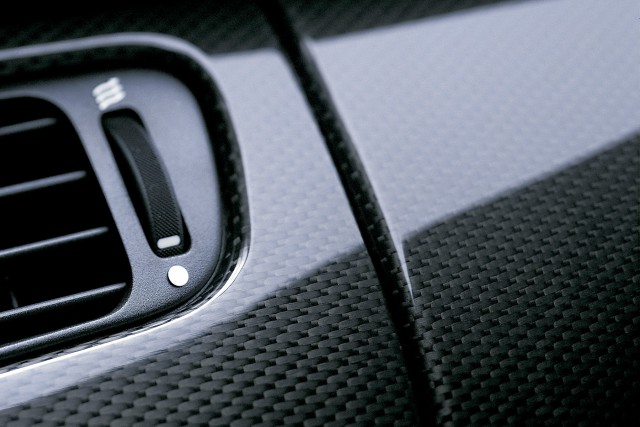When reading up about modern cars, particularly sports cars or luxury models, you’ve likely come across references to a material called ‘carbon fibre’ which could have been used for body or cabin components.
Carbon fibre has a distinct look, as it usually appears in the form of black and grey stripes or weavings, regardless of where it is used.
But what exactly is carbon fibre and why all the fuss over it? This guide explains how and why carbon fibre is used on cars.
What exactly is carbon fibre?
While many cars are built mostly out of either steel or aluminium, some of the more premium and performance-focused choices will feature at least a certain amount of carbon fibre in its construction.
Carbon fibre is a material which consist of very thin threads of pure carbon. It is usually embedded into a fibrous mat and then sealed by a plastic or resin covering. Carbon fibre is often used to reinforce plastics on cars (these specific materials are known as composites).

Another material carbon fibre is often combined with is ceramic, which is often used to make car brake discs.
The advantages of carbon fibre
What makes carbon fibre so appealing to car makers is the fact that it is very strong yet it’s also a very light material too.
Carbon fibre is in fact made of the same atoms as diamond, and while it isn’t quite as strong as diamond, it is nevertheless very tough and it’s also easily mouldable.
It’s tougher than materials like steel, yet if it is used on certain parts of a car’s bodywork and on components like the brakes, it can trim down a vehicle’s overall weight significantly. Little wonder then it is so popularly used on sports cars and especially race cars nowadays.
Because of its stand-out qualities, carbon fibre is significantly more expensive than materials like steel and aluminium which is why it reserved for more expensive cars.




